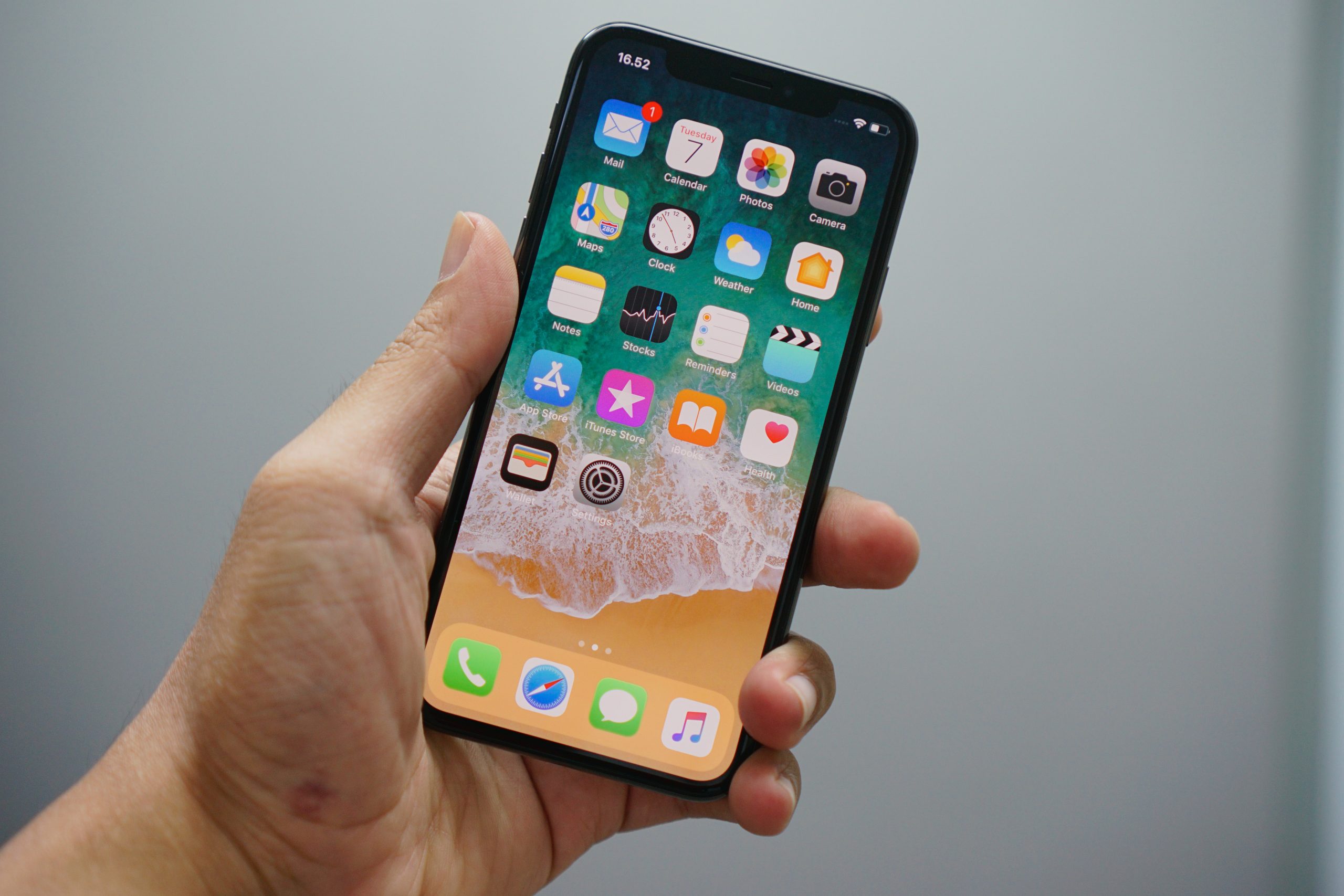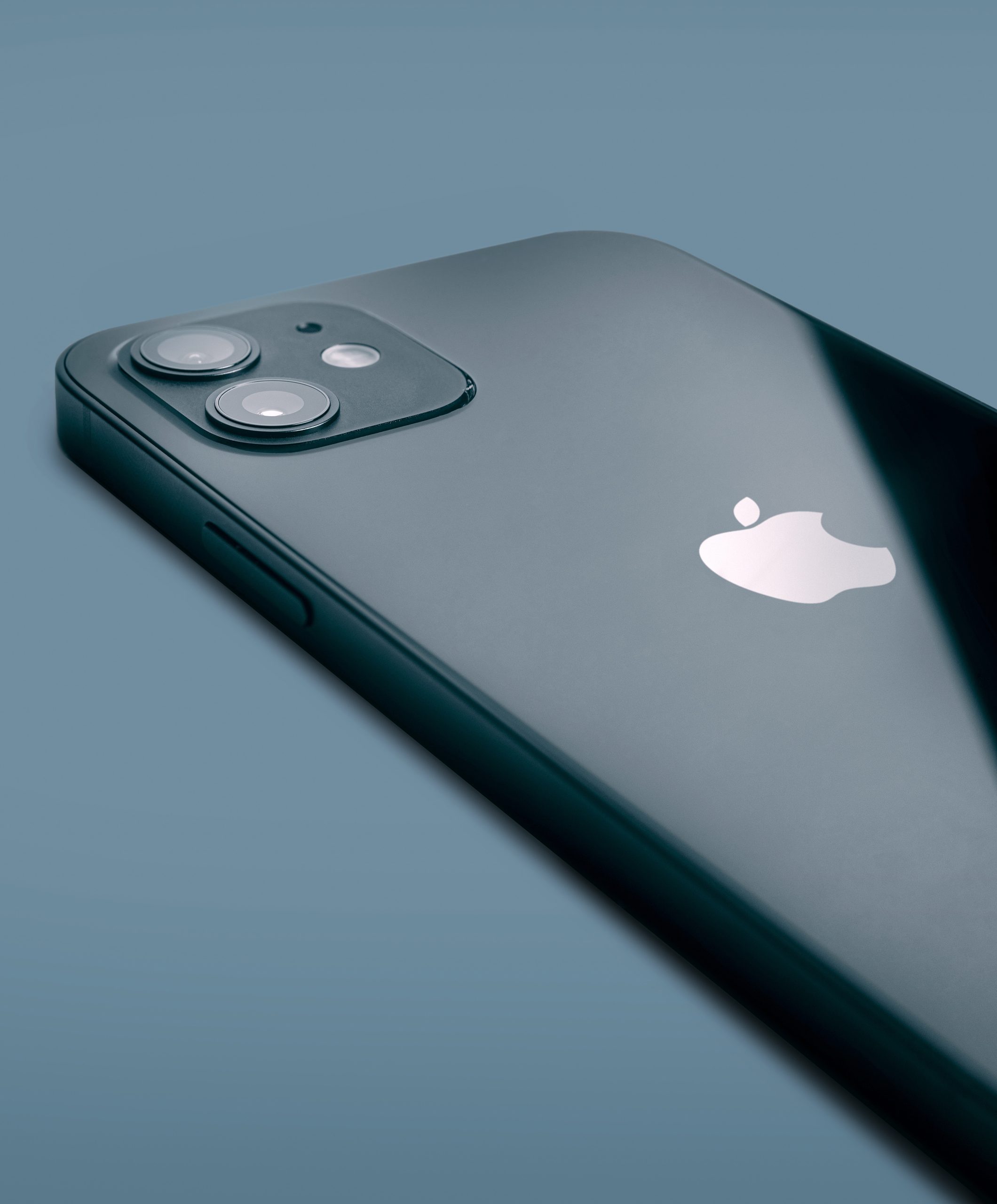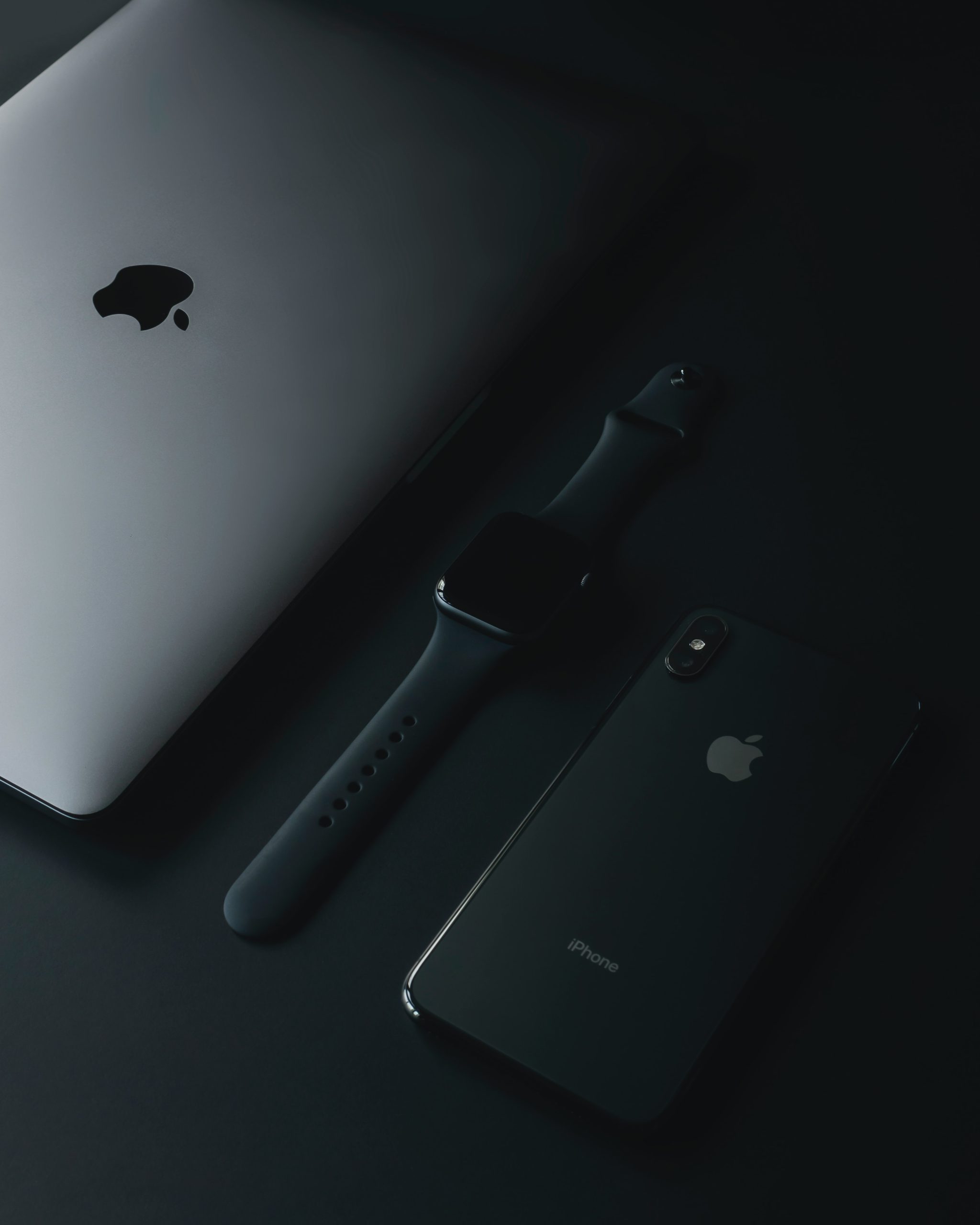Is your iPhone displaying the frustrating message iPhone Software Update Server Could Not Be Contacted? You’re not alone. Many users have encountered this issue when trying to update their device’s software, leaving them feeling helpless and disconnected from the latest features and security updates. Whether you’re an Apple aficionado or a casual user, the inability to contact the update server can be a major source of annoyance and inconvenience. But fear not, as we delve into this perplexing problem, we’ll explore potential causes, troubleshooting tips, and effective solutions to get your iPhone back on track.
Introduction: Understanding the iPhone software update error
Have you ever been excited about the latest iPhone software update, only to be greeted by an annoying error message? Understanding the iPhone software update error is crucial for every Apple user. This common issue can be frustrating, but delving into its causes and solutions can demystify the problem. From server connectivity issues to device compatibility, there are various factors that can contribute to this error. Exploring these aspects will not only help resolve current issues but also prevent them in the future.
It’s essential to recognize that this error isn’t a standalone problem but rather a symptom of broader technical complexities. By understanding the underlying mechanisms at play, users can gain a deeper insight into their device’s operation and enhance their overall iPhone experience. Whether it’s navigating through network barriers or troubleshooting device-specific glitches, deciphering the nuances of this error fosters not only a solution-oriented mindset but also empowers users with valuable technical knowledge.

Common Causes: Network issues, server problems, outdated software
Network issues, server problems, and outdated software are common culprits behind frustrating iPhone software update errors. Network issues, such as unstable or slow internet connections, can prevent your device from contacting the update server. Similarly, server problems on Apple’s end can also lead to the iPhone Software Update Server Could Not Be Contacted error message. Additionally, using outdated software on your iPhone or computer can create compatibility issues that hinder the update process.
Addressing network issues may require troubleshooting your Wi-Fi connection or switching to a more stable network. Checking Apple’s server status online can help determine if server problems are causing the issue. To combat potential compatibility problems stemming from outdated software, regularly updating both your iPhone and computer is crucial. By proactively addressing these common causes of update errors, iPhone users can ensure a smoother and more efficient software update experience.
Troubleshooting Steps: Checking network connection, restarting device, updating iTunes
When facing the frustrating issue of not being able to update your iPhone due to the software update server being unreachable, there are a few troubleshooting steps you can take to resolve the issue. Firstly, start by checking your network connection. Ensure that you have a stable and strong internet connection, as a weak or unreliable connection can hinder the device’s ability to communicate with Apple’s servers. Restarting your device is another simple yet effective step in troubleshooting this problem. Sometimes a quick reboot can clear out any temporary glitches or errors that may be causing the server connectivity issue.
Another crucial step in resolving this issue is updating iTunes on your computer. It’s important to ensure that you have the latest version of iTunes installed, as outdated software can pose compatibility issues with Apple’s servers when attempting to perform an iPhone update. Keep in mind that staying current with software updates not only helps improve performance and security but also ensures smoother communication between devices and external servers.

Advanced Solutions: Editing host file, using third-party software
Editing the host file and utilizing third-party software are advanced solutions that can potentially resolve the issue of the iPhone Software Update Server Could Not Be Contacted. By editing the host file, users can manually direct their device to a specific server address, circumventing any potential DNS issues. This approach requires a thorough understanding of network configurations and should only be attempted by experienced users due to its complexity. Alternatively, using reputable third-party software specifically designed for troubleshooting network connectivity problems can provide a more user-friendly solution. These tools often offer comprehensive diagnostic capabilities and automated fixes, making them a viable option for those less familiar with manual network adjustments.
However, it’s important to exercise caution when employing advanced solutions such as editing the host file or using third-party software. Inexperienced attempts at modifying system files or installing unknown software can lead to further complications and potential security risks. It’s advisable for users to seek guidance from knowledgeable sources or professional support services before taking these measures. Furthermore, staying updated on best practices and reliable resources is crucial for navigating complex troubleshooting processes effectively while minimizing potential adverse outcomes.
Contacting Apple Support: How to reach out for further assistance
When encountering issues with Apple products such as the iPhone Software Update Server Could Not Be Contacted, it’s essential to know how to effectively reach out for further assistance. One of the primary methods is through Apple Support’s website, where users can access a range of support options including live chat, phone support, and scheduling appointments at an Apple store or authorized service provider. Additionally, Apple Support can also be reached through social media platforms such as Twitter, where dedicated support accounts are available to address customer concerns and provide guidance in resolving technical issues. It’s important to provide clear and concise information about the problem when reaching out to Apple Support, as this will facilitate a quicker and more efficient resolution.
For those seeking direct assistance over the phone, contacting Apple Support through their toll-free number allows for personalized interaction with support representatives who can guide users through troubleshooting steps or arrange repairs if necessary. Taking advantage of these diverse communication channels underscores Apple’s commitment to assisting customers in need of technical help, making it easier for users to navigate the process of addressing their product-related concerns. By being proactive in seeking assistance from reliable sources like Apple Support, individuals can ensure that they receive accurate guidance tailored specifically to their needs.

Conclusion: Resolving the iPhone software update server issue
The iPhone software update server issue can be a frustrating roadblock for users attempting to keep their devices up to date with the latest features and security patches. However, there are several effective methods for resolving this problem and ensuring a smooth update process. One solution is to check the network connection and settings, as unstable internet or incorrect DNS configurations can interfere with the device’s ability to reach Apple’s software update servers.
Additionally, updating or reinstalling iTunes on your computer can often resolve issues related to connectivity between your device and Apple’s servers. Another helpful step is to ensure that your antivirus or firewall settings aren’t blocking communication with the update servers. By addressing these potential obstacles, iPhone users can overcome the software update server issue and enjoy seamless access to new iOS updates and improvements.